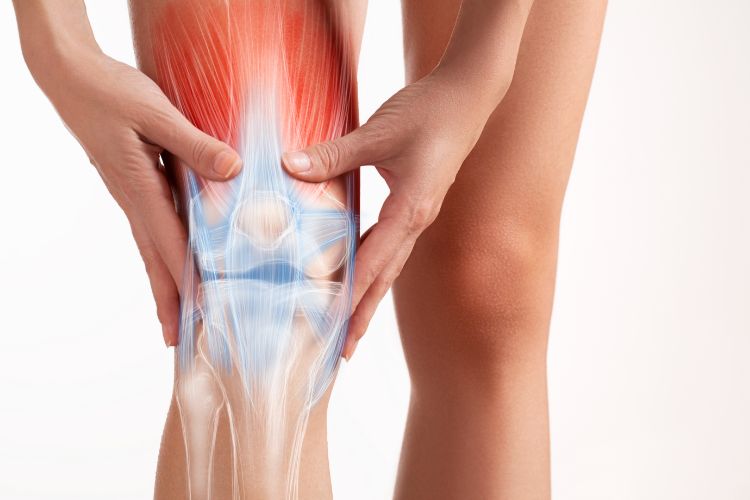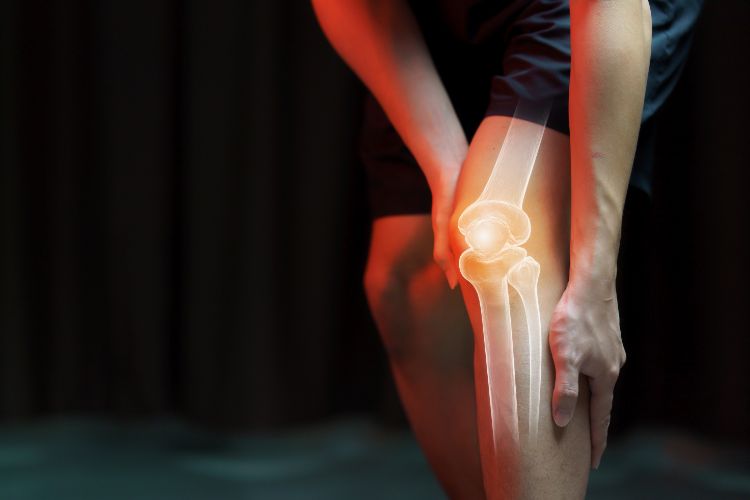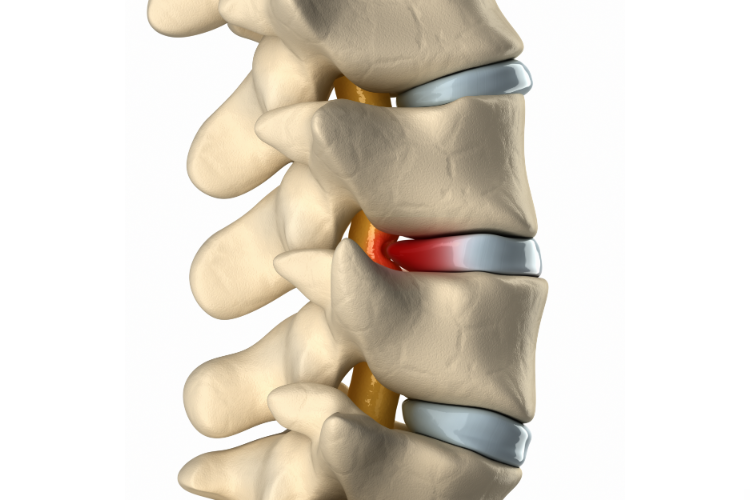Patellofemoral Pain Syndrome (PFPS), commonly known as “runner’s knee,” is characterized by pain around the front of the knee and the patella, or kneecap. This condition is frequently seen in athletes but can affect anyone, especially those engaged in activities that put repeated stress on the knee joints.
While PFPS is typically managed through physical therapy, exercises, and sometimes medication, upper cervical chiropractic care provides a unique approach by examining how spinal alignment, particularly in the cervical region, influences knee function and pain.
Dr. Lisa Olszewski from Precision Spinal Care in Chelsea, MI, explains how adjustments to the upper cervical spine can impact the biomechanics of the lower body, including knee health.
Understanding Patellofemoral Pain Syndrome: Causes and Symptoms
PFPS arises from the improper alignment and movement of the patella as it slides over the femur. The resulting friction leads to pain, which is often exacerbated by activities like running, squatting, and climbing stairs.
Symptoms typically include:
- Pain in the knee, especially when sitting with bent knees, squatting, jumping, or using stairs
- A sensation of grinding or clicking in the knee joint
- Knee stiffness
Contributing factors to PFPS may include muscular imbalances, overuse, misalignment, and inadequate footwear.
The Role of Upper Cervical Chiropractic in Managing PFPS
Influence on Overall Posture and Alignment:
The upper cervical spine plays a crucial role in maintaining overall body balance and posture. Misalignments in the neck can lead to compensatory changes throughout the body, which can indirectly affect knee mechanics and contribute to PFPS.
Corrective Adjustments:
Upper cervical chiropractic adjustments aim to correct misalignments in the atlas (C1) and axis (C2), thereby helping to restore proper balance and reduce compensatory stresses throughout the body, including the knees.
Benefits of Upper Cervical Chiropractic for PFPS

Reduced Knee Pain:
By improving overall spinal alignment and reducing compensatory biomechanical stresses, upper cervical care may alleviate the knee pain associated with PFPS.
Enhanced Mobility:
Proper spinal alignment can lead to improved movement patterns, which may help prevent the aggravation of PFPS symptoms during activities.
Long-Term Musculoskeletal Health:
Regular chiropractic care supports the overall health of the musculoskeletal system, potentially preventing the recurrence of PFPS and other related conditions.
Integrating Upper Cervical Care into PFPS Treatment
Complementary to Conventional Therapies:
Upper cervical chiropractic care complements traditional treatments for PFPS, such as physical therapy and targeted exercises. This integrated approach can provide a more comprehensive management plan for the condition.
Tailored Treatment Plans:
Each individual experiences PFPS differently, which is why Dr. Olszewski offers personalized care plans based on detailed assessments of spinal alignment and patient-specific needs.
Precision Spinal Care: Your Partner in Knee Health
Located in Chelsea, MI, and serving areas such as Dexter, Grass Lake, and Ann Arbor, Precision Spinal Care is dedicated to providing innovative chiropractic solutions for knee-related conditions like Patellofemoral Pain Syndrome.
Dr. Lisa Olszewski and her team are committed to enhancing patient well-being through targeted spinal care that addresses both symptoms and underlying causes.
If you are suffering from PFPS and seeking a holistic approach to pain management, consider the potential benefits of upper cervical chiropractic care. Contact Precision Spinal Care to learn more about how specialized spinal adjustments can help alleviate knee pain and improve your overall musculoskeletal health.
Medical Disclaimer:
This content is for informational purposes only and is not intended as medical advice, diagnosis, or treatment. Always consult your chiropractor or other qualified health provider with any questions you may have regarding a medical condition. Never disregard professional medical advice or delay in seeking it because of something you have read here.




